Garth
Brooks
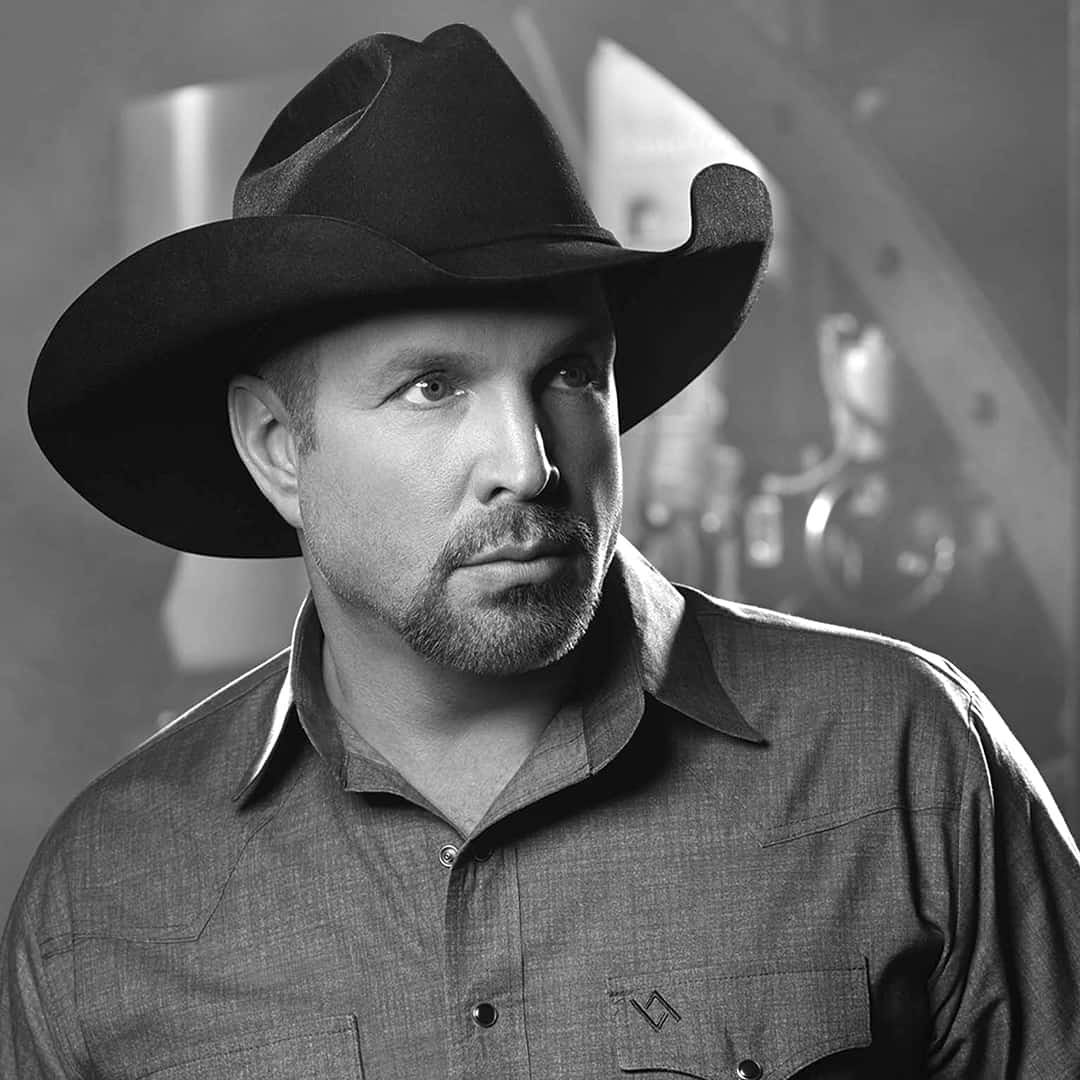
-
Inducted2012
-
Born
February 7, 1962
-
Birthplace
Tulsa, Oklahoma
Garth Brooks created a seismic shift in the popularity and perception of country music when he rocketed to stardom in the early 1990s.
Early Life in Oklahoma
The youngest of six children, Garth Brooks was born Troyal Garth Brooks on February 7, 1962, in Tulsa, Oklahoma. He was named for his father, Troyal, who taught him his first guitar chords and the value of hard work. Brooks followed in the musical footsteps of his mother, Colleen, who appeared on the Ozark Jubilee in the 1950s and recorded briefly for Capitol Records as Colleen Carroll. His sister Betsy could play a variety of stringed instruments and was another influence (and later a member of his band).
Growing up in a music-loving family, Brooks heard the traditional country music of Merle Haggard and George Jones from his father and mother; the introspective singer-songwriter works of James Taylor and Dan Fogelberg from his siblings; and the arena-rock dynamics of bands such as Queen and Kiss from his friends. That combination of bedrock country, sensitive songwriting, and theatrical rock would come together when Brooks hit the world’s stage.
Brooks started performing while attending Oklahoma State University. His first trip to Nashville, in 1985, ended in disappointment, and he returned to Oklahoma. However, two years later, after marrying his first wife, Sandy Mahl, Brooks returned to Nashville and, in 1988, signed with Capitol Records.
Songs
00:00 / 00:00
00:00 / 00:00
00:00 / 00:00
A Short Road to Stardom
In 1989, Brooks released his self-titled first album, produced by Allen Reynolds, who encouraged Brooks to use a more relaxed, natural singing style. By 1990, the awards started rushing in. First came the prophetic Horizon Award from the Country Music Association, as well as a Music Video of the Year honor for his soul-baring single “The Dance.” The Academy of Country Music also honored “The Dance” with Song and Country Music Video of the Year awards.
Brooks’s next album, No Fences, pushed him over the top, selling more than sixteen million copies by July 1998. The awards picked up their pace, too: the #1 hit “Friends in Low Places” won Single of the Year honors from both the CMA and ACM, and both organizations also named No Fences the year’s best album. But the biggest sign of Brooks’s unprecedented ascent to stardom came when both major country awards shows named Brooks Entertainer of the Year, a feat never accomplished by an artist only two years into a recording career.
In September 1991, Brooks’s third album, Ropin’ the Wind, made history by becoming the first country album to debut at #1 on the all-genre Billboard 200 album chart. That year, Brooks also won his first Grammy (Best Country Vocal Performance, Male) and repeated as Entertainer of the Year at the CMA and ACM awards. By the end of 1991, his first three albums had sold thirty million copies, an unprecedented achievement for a country artist.
Brooks’s concerts were becoming legendary spectacles, too, incorporating dazzling lighting effects as the artist smashed guitars, swung from ropes, doused himself in water, and tore across the stage while exhorting the crowd. His ticket sales rivaled those of superstar acts such as the Eagles, the Grateful Dead, the Rolling Stones, and U2.
As the 1990s continued, Brooks kept releasing multi-million-selling albums, including The Chase (1992), In Pieces (1993), Fresh Horses (1995), and Sevens (1997). His stylistic breadth remained wide, as the albums featured honky-tonk, dramatic balladry, country-rock, and cowboy songs.
On August 7, 1997, Brooks performed in New York’s Central Park before an audience estimated at 250,000; millions more watched the live HBO broadcast. In 1998, he released his Double Live album, his first Greatest Hits album, and the ambitious Garth Brooks in . . . The Life of Chris Gaines album that cast Brooks as fictional rock star Gaines, a character in a movie that was never made.
As a recording artist, Brooks set sales records and proved there were no limits to what a country star could achieve. As a dynamic performer, he affirmed that country music concerts could compete in both ticket sales and excitement with those in any style of music. As a charismatic public figure, he heightened country music’s media profile and moved the genre further into the mainstream of American entertainment.
Videos
“Friends in Low Places”
This Is Garth Brooks television special, Dallas, Texas, 1991
“The Dance”
Nashville Now, 1990
As a recording artist, Garth Brooks set sales records and proved there were no limits to what a country star could achieve.
Photos
-
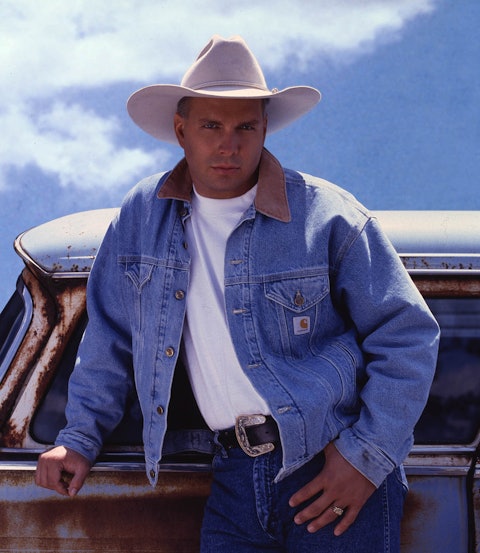
Garth Brooks, 1990s. Photo by Walden S. Fabry Studios.
-
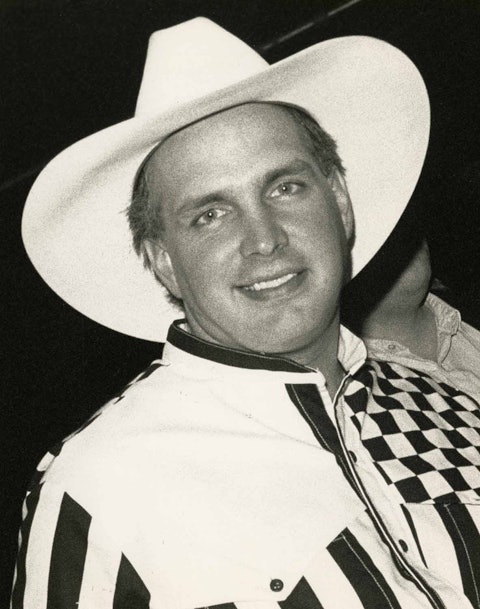
Garth Brooks, 1990s. Photo by Walden S. Fabry Studios.
-
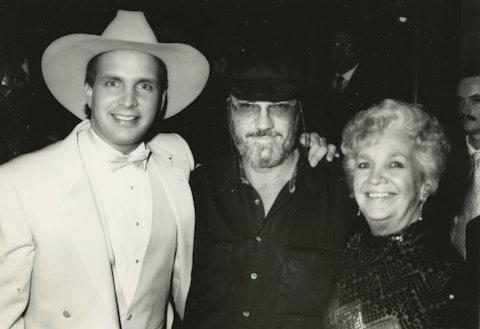
From left: Garth Brooks, Jimmy Bowen, and Brooks’s mother, Colleen McElroy Carroll Brooks, 1990s. Photo by Chadwick.
-
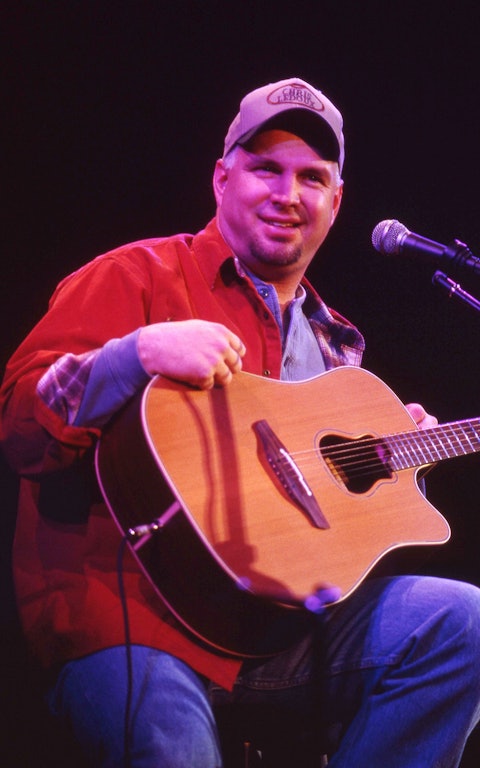
Garth Brooks, 2001. Photo by Raeanne Rubenstein.
-
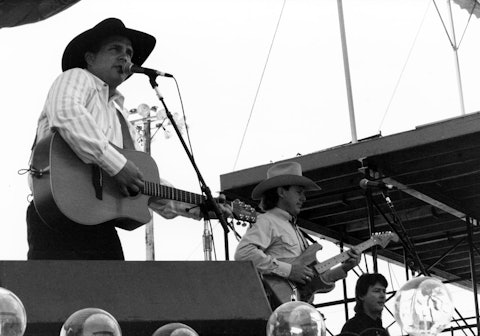
Garth Brooks performing at Fan Fair, 1990.
-
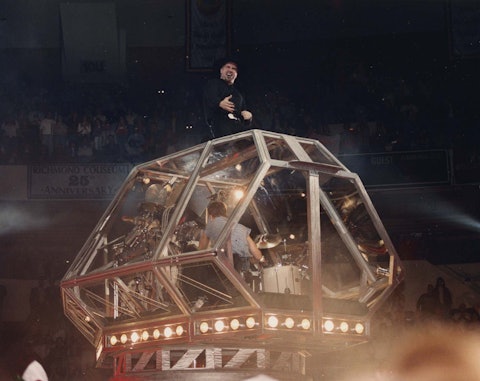
Garth Brooks performing at the Richmond Coliseum in Richmond, Virginia, 1997.
-
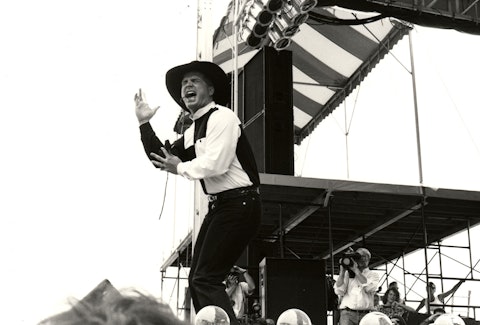
Garth Brooks in concert, 1993. Photo by David Kingsbury.
-
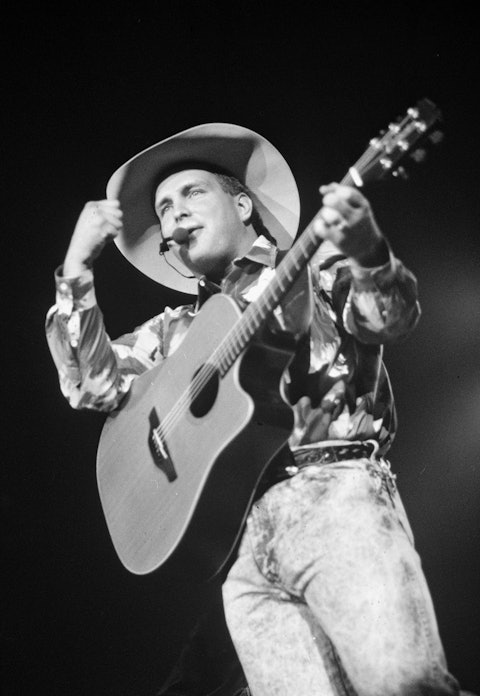
Garth Brooks onstage, 1990s. Photo by Walden S. Fabry Studios.
-
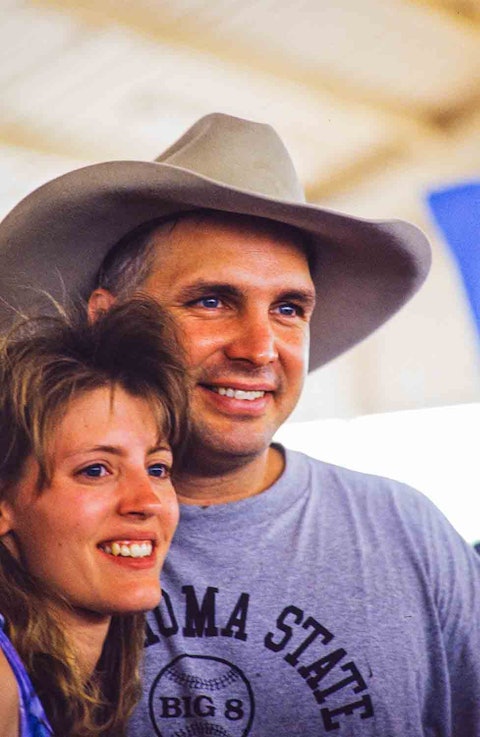
Garth Brooks at Fan Fair, 1996. Photo by Raeanne Rubenstein.
-
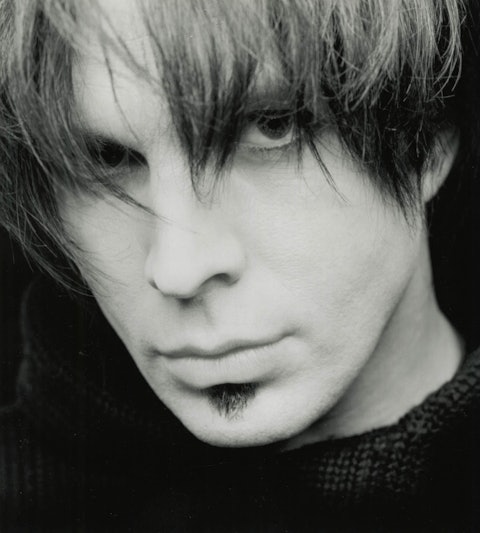
Garth Brooks as Chris Gaines, 1999.
Retirement and Comeback
In 2000, Brooks came to a crossroads. He and Sandy divorced, and three weeks later, he said he would retire to raise his daughters, Taylor, August, and Allie. After releasing his 2001 album, Scarecrow, Brooks settled down with his family in Oklahoma. He married fellow singer Trisha Yearwood in December 2005.
Even in retirement, Brooks continued to support several charities, a tradition he began with his Teammates for Kids Foundation, which he launched by participating in spring training with the San Diego Padres in 1998 and 1999. The foundation recruits professional athletes to make donations based on positive achievements in their fields. Aided by corporate sponsors, the foundation has raised more than $90 million in cash, gifts, and scholarships.
In 2007, Brooks returned to #1 on the country chart with “More Than a Memory,” a new song from his The Ultimate Hits album. That year, he performed nine sold-out shows in Kansas City; he followed by staging five sold-out shows in 2008 at Los Angeles’s Staples Center to raise money for victims of California wildfires.
In 2009, Brooks announced that he would perform fifteen concerts annually for five years at the 1,500-seat theater in the Wynn Las Vegas and Encore Hotel resort complex. The first twenty concerts sold out in five hours at $125 a ticket. In December 2010, he performed nine sold-out shows in Nashville, donating proceeds to the city’s flood relief effort.
Brooks officially ended his retirement in July 2014, when he announced that he had signed with Sony Music Nashville and had plans for new music and a new tour. Since that time, Brooks has released three more solo albums and toured arenas, dive bars, and, for the first time in his career, stadiums.
Statistics tell only part of the story; still, the numbers are astounding. Brooks’s RIAA record-sales tally is, as of early 2022, at more than 157 million and climbing, making him the top-selling solo artist in history. He is the only solo artist to have nine albums each sell more than ten million copies. The speed with which he sold out concerts, and the blockbuster ratings of his TV specials, are similarly remarkable. By any measure, Brooks ranks among the biggest stars of his generation, of the twentieth century, and of all time.
—Michael McCall
Adapted from the Country Music Hall of Fame® and Museum’s Encyclopedia of Country Music, published by Oxford University Press


